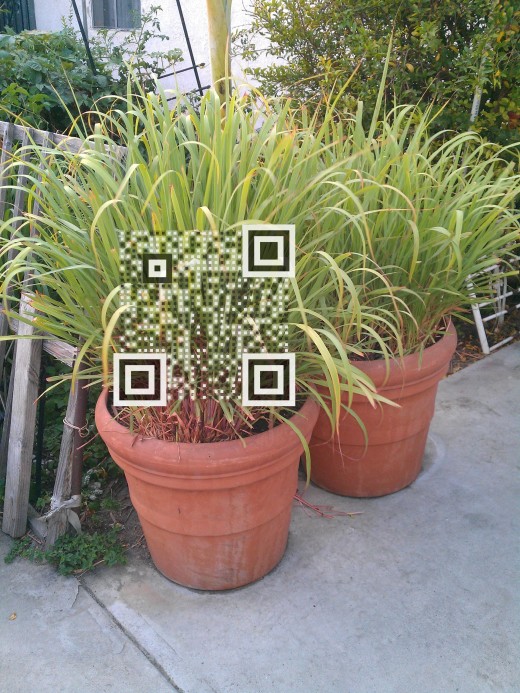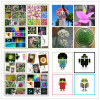- HubPages»
- Books, Literature, and Writing»
- Books & Novels»
- Fiction»
- Science Fiction & Fantasy Books
The Story of QRart
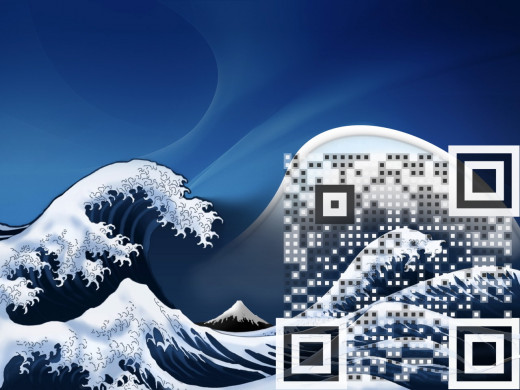
Tips
- All of the QR codes in this article can be scanned.
- Take out your smartphones and download and install a QR scanner like QRdroid.
- Open up your app and allow your camera to focus in on the QR codes.
- Enjoy the ride!
The Story of QRart Book One
QRart is where marketing, technology, and art comes together in one elegant yet powerful picture. High quality QRart simultaneously draws you in and sends you out. It has both form and function. It means one thing to humans and something completely different to smartphones. To you it shares it beauty and to your phone it shares information. It can be fluid and subjective while being rigid and objective. To each and every one of us it reveals a kind of truth yet it stores a hidden secret. This little secret is kept in a little box like a treasure chest and this box is called a QR code and here the story begins.
The Humble Beginnings of QR
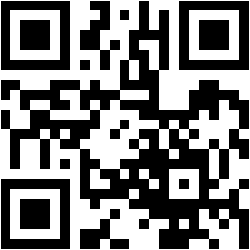
The Promise of QR
When QR was born it had great promise. QR codes could share digital business cards, contact information, URLs, apps, pictures, calendar events, GPS coordinates, and phone numbers. It was touted as the fastest way to share information.
It had the potential of transporting all smartphone users to your digital doorstep instantly. QR was the gateway that connected old fashion print media like newspapers, magazines, and billboards to the new digital world of music, video, and webpages. One could be a passenger in a car and see a billboard for a new movie and wonder if the movie was going to be good or not, but with the QR code on the billboard you could instantly see the trailer for the movie right there on your smartphone. You could be flipping through a magazine and see an ad for a new song--next you scan the QR and you hear a sample of that song playing right there in front of you with a shopping cart button followed by a download link. As you can see the potential of QR was limitless. However, there was one slight problem with this picture.
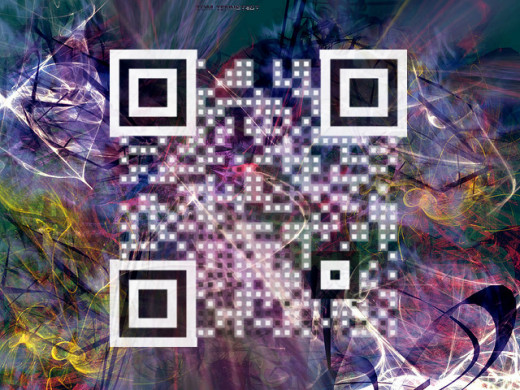
The Ugly Duckling
QR was born ugly. This little black and white box reminded us of a bar code. It felt cold, industrial, and alienating. This box, that held other little boxes locked inside, looked confining and rigid--almost like a prison. Consequently, advertisers would hide QR codes near the bottom corners of their ads. This severely reduced its effectiveness as a tool for connecting the paper world to the electronic world. This powerful marketing tool was now discarded, left to be ugly, and hide in a little corner where it belonged.
Advertisers did this because they knew that QR codes were an eye sore. They attract attention away from your beautiful ads and products. QR codes and its rigid boxes can break up the harmony of an otherwise fluid looking ad. QR codes were like that one kid in the show that always sang off-key and ruined the performances. Therefore QR codes faded into the corners of the ads near the fine print. They kept fading until advertisers just stop placing them in ads altogether. They became that kid that nobody wants to play with. However, QR did not want to "go gentle into that good night".
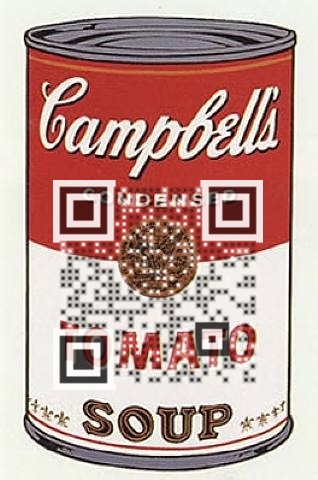
Don't Call it a Comeback
QR refused to go away. QR was like the Andy Warhol painting of a Campbell Soup Can--It started growing on people in an annoying way. It kept doing this until we actually started to like it and appreciate it.
QR became a revolutionary in the way that it redefined the genre of commercial art by blending both art and commercial information technology in way that had never been seen before. QR was a movement like Seurat's pointillism except it used boxes instead of dots. It is like "Boxalism".
People began to see this and attitudes started to shift. People began to tolerate and accept QR, but QR would not be appeased by this. QR saw this indecision and ambivalence by the public as a time to rise up.
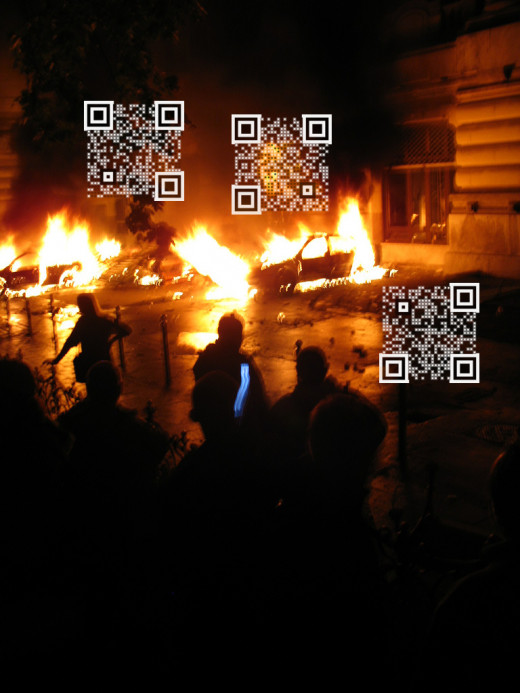
How to Create QRart?
Check out this video that I made on how to create QRart?
Planet of the QR
QR had no way of forgetting what had happened to it in the past. All of the painful memories were etched into its code. This code was a reminder to all who had seen it of the past wrongs suffered by QR.
Thus QR took to the streets. It used its pattern to blend into the background and then attack with surprising efficiency. Its patterns were also used to create distractions that would serve as a decoy for ambushes. All of these actions were executed with a precision that could have only been made possible by the ability of QR to transfer information instantaneously. Codes were scanned, links were followed, and actions were launched.
Just as quickly as it began, it ended. After it was all over art, technology, advertising, and communications were never the same. QR had established and rooted itself firmly. This was the dawn of a new era. An era where information moved in a faster and more beautiful way. An era where art spoke to humans and machines alike. An era where QR is kind, QR is smart, QR is important. This is the story of QR.
From QR to QRart
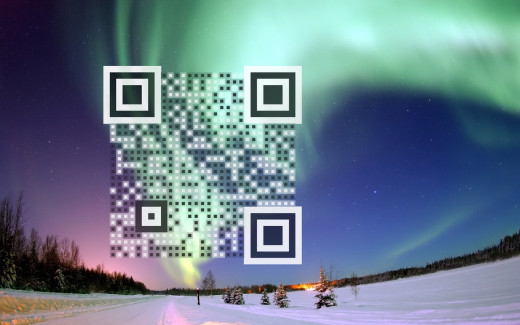
Grow Your own QRart
